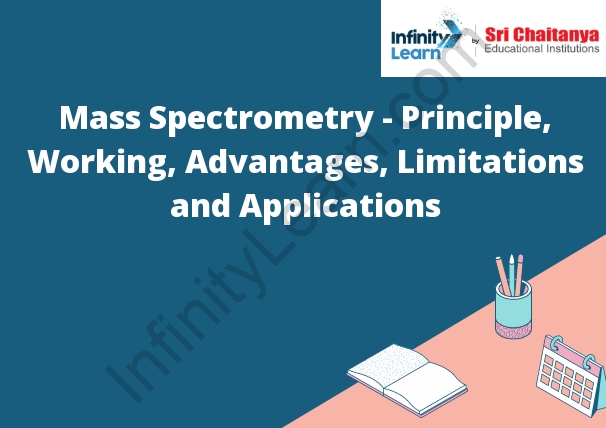Table of Contents
mass-spectrometry
A mass spectrometer is an analytical instrument that measures the mass-to-charge ratio (m/z) of ions. The ions are created by vaporizing a sample with a laser or electron beam. The ions are then accelerated and passed through a magnetic field. The strength of the magnetic field determines the velocity of the ions. The ions are then detected and the mass-to-charge ratio is calculated.

Principle of Mass Spectrometry
The principle of mass spectrometry is that it is a technique that is used to determine the mass-to-charge ratio of ions. This is done by using a mass spectrometer, which is a device that is used to produce a spectrum of the masses of the ions. This is done by accelerating the ions to a high speed and then measuring the amount of deflection that they undergo.
What Are The Mass-to-charge Ratio And Mass Spectrum
The mass-to-charge ratio (m/z) is the ratio of the mass of an ion to its charge. The mass spectrum is a graph of the mass-to-charge ratios of the ions produced by a particular method of ionization.
Mass Spectrometry Diagram
A mass spectrometry diagram is a diagram that shows the different parts of a mass spectrometer. The diagram shows the ion source, the mass analyzer, and the detector. The ion source is where the sample is introduced into the mass spectrometer. The mass analyzer is where the ions are separated according to their mass-to-charge ratio. The detector is where the ions are detected and the signal is measured.
Mass Spectrometry Instrumentation
The instrumentation in our mass spectrometry laboratory is a Thermo Fisher Scientific Q-Exactive Plus mass spectrometer. The Q-Exactive Plus is a high-performance quadrupole-Orbitrap mass spectrometer that can be used for a wide range of applications, including proteomics, metabolomics, and lipidomics. The instrument is equipped with a heated electrospray ionization (HESI) source, which allows for the analysis of a wide range of biomolecules, including peptides, proteins, lipids, and carbohydrates. The instrument is also equipped with a high-resolution Orbitrap detector, which allows for the determination of the mass-to-charge ratio (m/z) of individual ions with a resolution of up to 70,000.
How Does Mass Spectrometry Work
?
The mass spectrometry process begins by vaporizing the sample, which is then ionized by an electron beam. Next, the ions are accelerated and separated according to their mass-to-charge ratio. Finally, the ions are detected and the mass spectrum is generated.
Advantages And Limitations Of Mass Spectrometry
The advantages of mass spectrometry include the ability to identify and quantify the amount of substances in a sample. Additionally, mass spectrometry can differentiate between molecules of the same weight but different chemical structures.
The limitations of mass spectrometry include the need for a pure sample and the requirement for a skilled operator. Additionally, mass spectrometry is not effective at identifying small molecules.
Applications of Mass Spectrometry
There are many different applications of mass spectrometry. Some of these applications include:
1. Determining the molecular weight of a molecule.
2. Determining the composition of a molecule.
3. Determining the structure of a molecule.
4. Determining the purity of a molecule.
5. Determining the identity of a molecule.









